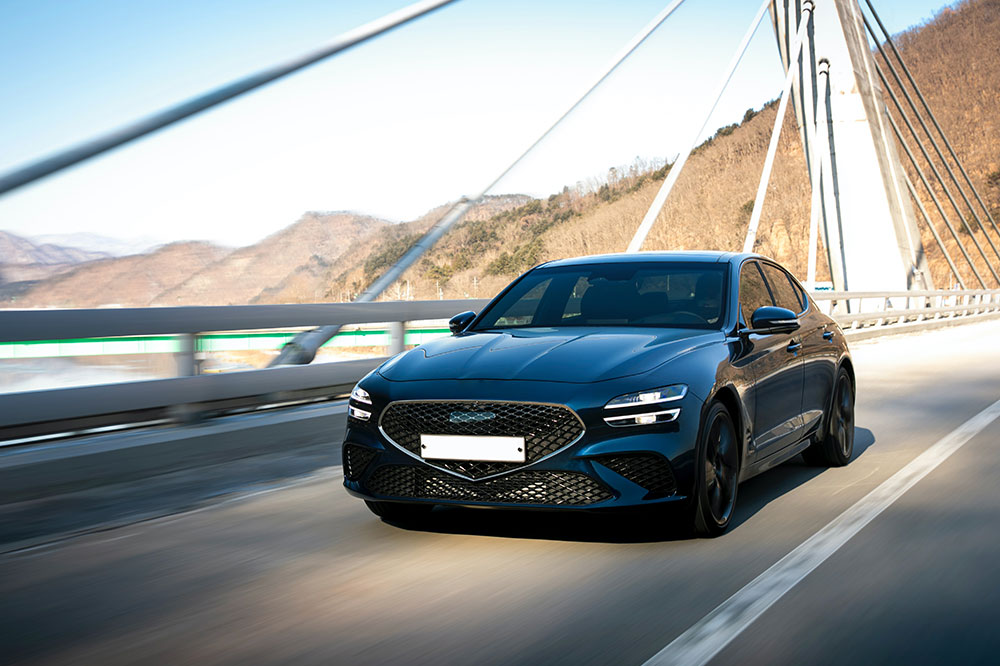Key Improvements of the Google Pixel 3 Over Its Predecessor
Discover the top features that make the Google Pixel 3 a noteworthy upgrade from the Pixel 2, including larger display, improved performance, and enhanced camera capabilities. These advancements provide a more powerful and user-friendly experience while maintaining affordability. Whether you're a tech enthusiast or a casual user, the Pixel 3 offers notable enhancements that justify an upgrade. Explore how Google's flagship continues to evolve with better technology, security, and photography options, solidifying its position in the competitive smartphone market.

Key Improvements of the Google Pixel 3 Over Its Predecessor
For enthusiasts eager to explore the latest in mobile technology, the Google Pixel 3 introduces several exciting updates. While the Pixel 2 remains popular, the Pixel 3 offers significant enhancements worth noting. Every year, Google pushes the boundaries of smartphone innovation, and these changes after 12 months are remarkable. Here’s a closer look at what distinguishes the Pixel 3 from the Pixel 2, highlighting its standout features.
Display Enhancements
The Google Pixel 3 features a larger screen with a sharper resolution and an 18:9 aspect ratio, maintaining a similar design language but offering better visual immersion. It employs OLED technology with minimal bezels above and below the display, creating a sleek look.
Performance and Software
Powering the Pixel 3 is an upgraded octa-core Snapdragon 845 processor coupled with 4GB of RAM, ensuring smooth performance. Enhanced security is provided by the Titan M module, and storage remains at 128GB, similar to the Pixel 2 but sufficient for most users.
Camera Upgrades
The standout improvement is in photography. While the rear camera remains similar with minor enhancements, the front-facing dual-lens 8 MP camera marks a notable upgrade, appealing to selfie enthusiasts. Overall, the Pixel 3 offers meaningful hardware improvements without sacrificing affordability or usability.










